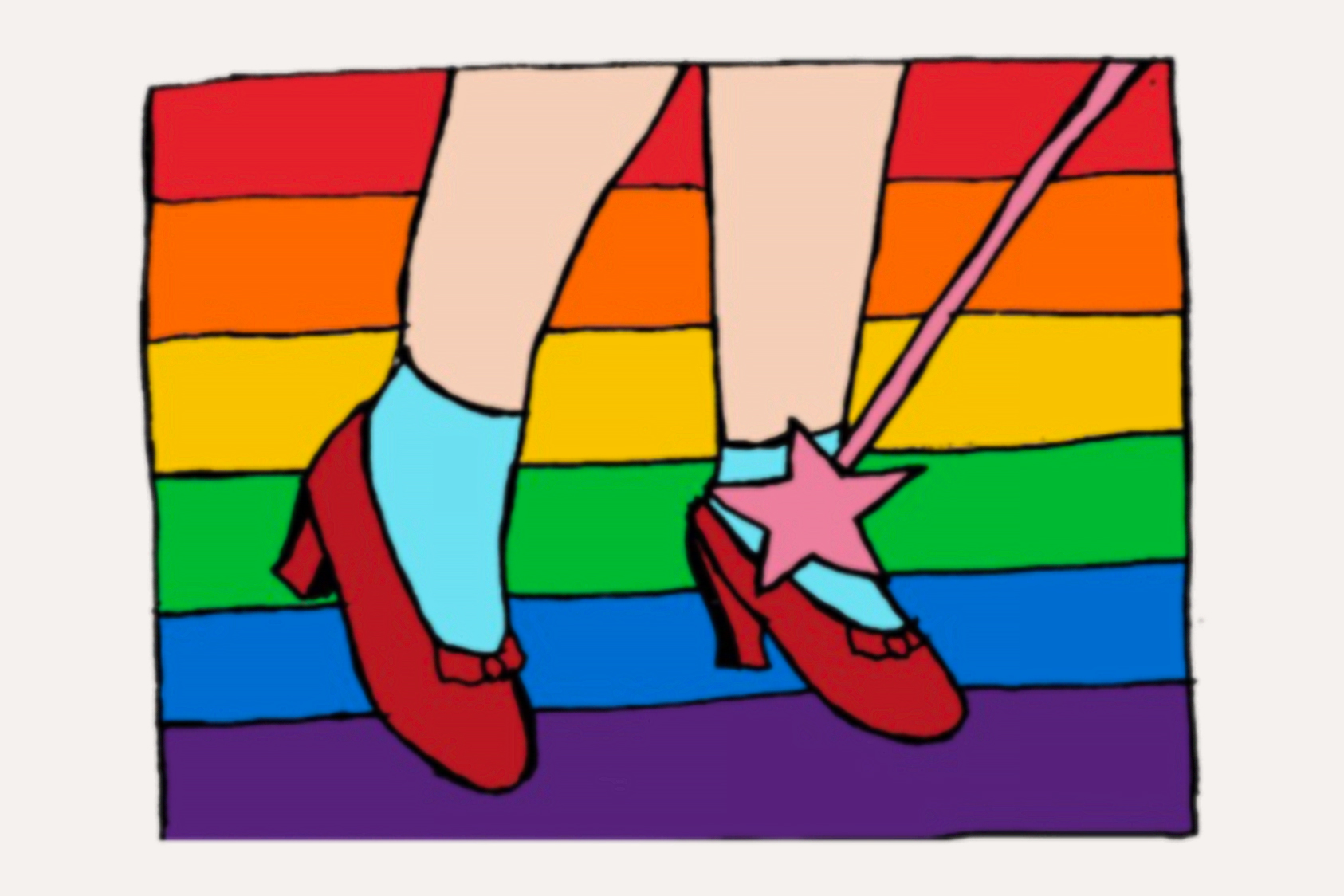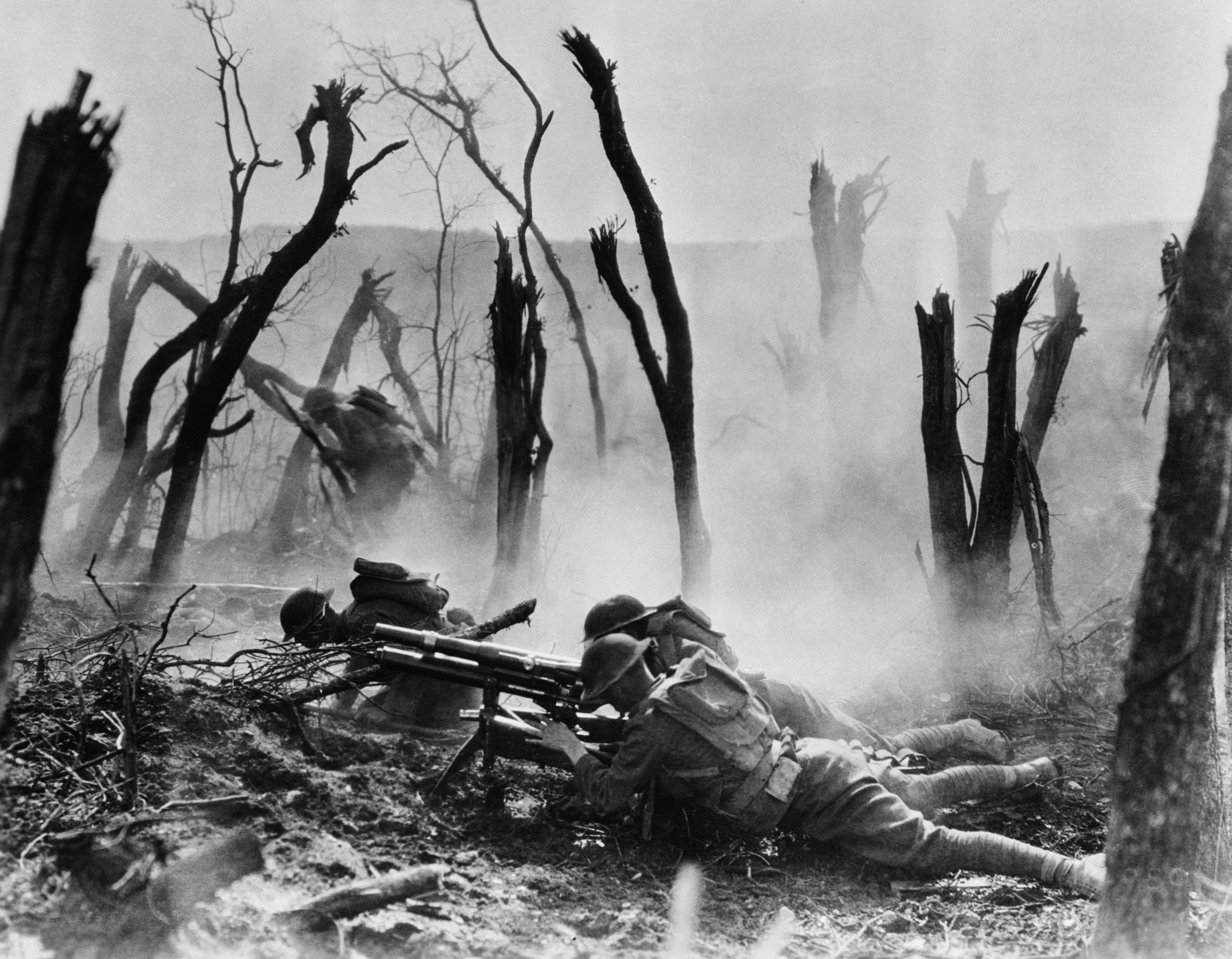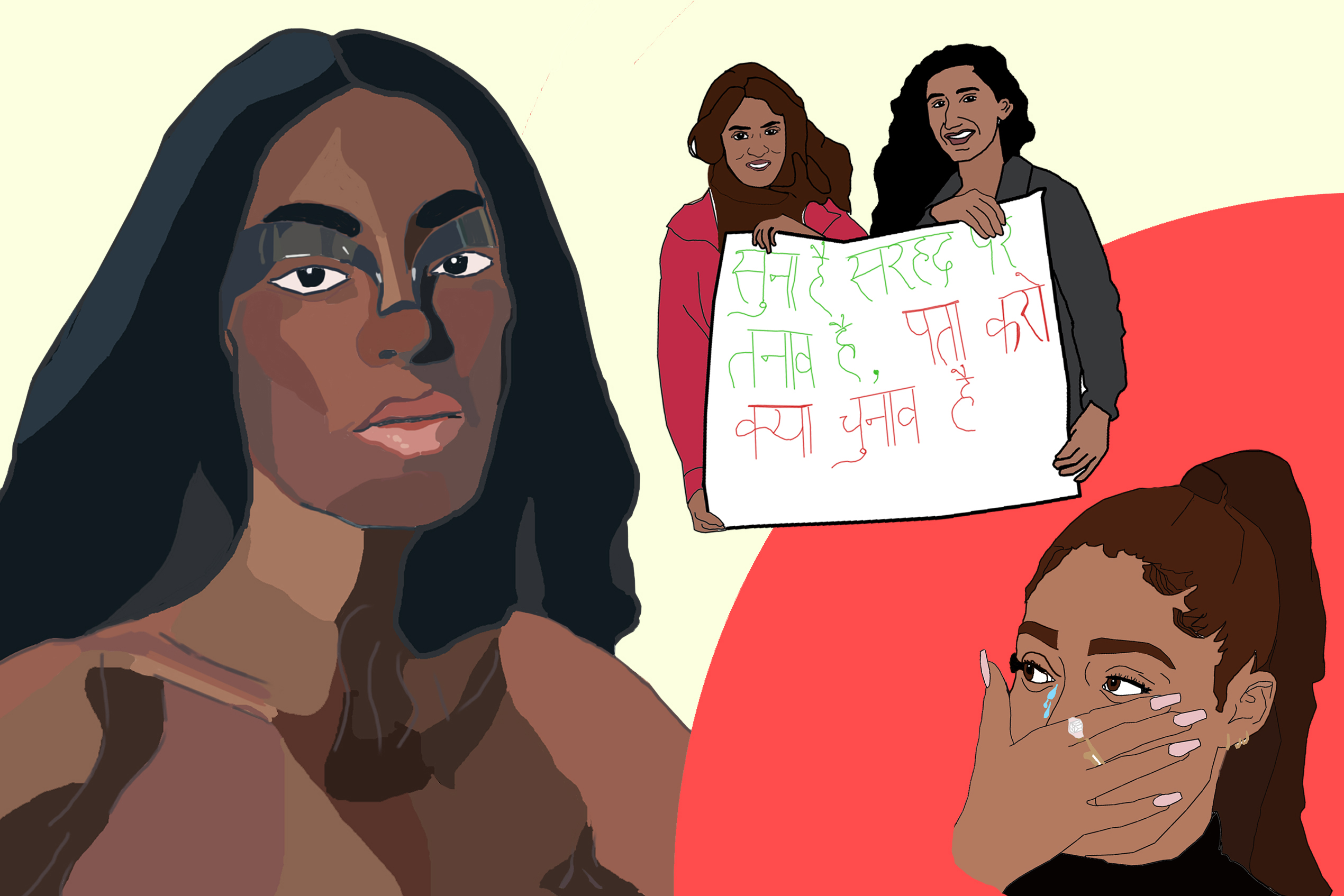
Fifty Years On From Stonewall
On a hot night in 1969, eighteen-year-old drag queen Martin Boyce saw a high heel-clad, nylon-wrapped leg shoot out of the back of a police van towards a member of the NYPD’s Public Morals Squad, hitting him squarely in the chest and throwing him backwards. This is one of many stories from the Stonewall Riots, stories of queer revolution and defiance. Such is the power which Stonewall possesses within the narrative of LGBTQ history that stories like these now occupy a mythic space, somewhere between fact and dazzling fiction.
The symbolic resonance of a high heel thrust directly into the embodiment of ‘American decency’ is hard to ignore; one might even dismiss it as a little cliché if it found its way into a film script, too heavy-handed perhaps. It is a great irony of that day, however, that one of the leading stars of Hollywood sentimentalism was laid to rest only a few hours before Stonewall.
Judy Garland’s film career spans the second half of the ‘Golden Age’ of American cinema. Her public image – rooted in her breakout role as Dorothy in The Wizard of Oz – as the quintessential ‘girl next door’ endeared her to audiences hungry for wholesomeness in an age of turbulence. The pressure to maintain this youthful persona well into adulthood led to her famous dependency on drugs and alcohol, followed by her tragic demise.
The ‘Dorothy’ figure was a powerful one, but its appeal to gay audiences was particularly strong: there is something undeniably camp about such a synthetic model of uncomplicated virtue. Only this year, RuPaul included a ‘RuPaul’s Best Judy Race’ on the All Stars edition of Drag Race, with each contestant attempting their best Judy impression. This connection between the star and the queer community harks back to an era in which oblique language was needed to discuss sexuality. A ‘Friend of Dorothy’ as slang for a gay man dates back to World War II, yet the euphemism has maintained its cultural resonance until more recently. During the early 1980s, the investigative branch of the US Navy misunderstood the term whilst investigating homosexuality in the Chicago area. Agents mistakenly believed that a real woman called Dorothy inexplicably happened to know a great number of homosexual military personnel. Hoping that ‘Dorothy’ might reveal the names of gay service members, the search for her was frustratingly ineffective.
On the morning of 27 June, Judy Garland was laid to rest at the Frank E. Campbell Funeral Chapel in Manhattan. That same evening, the Stonewall riots kickstarted the modern gay movement for equal rights and liberation. These two events happened four miles and around twelve hours apart. A Village Voice column by Walter Troy Spencer from 10 July 1969, entitled ‘Too Much, My Dear,’ mockingly suggested that: “the combination of a full moon and Judy Garland’s funeral was too much for [the Stonewall rioters].” Spencer went on to call Stonewall the “Great Faggot Rebellion,” using Garland to paint the rioters as a hysterical group of screaming queens.
Spencer’s sniggering column is not worth dwelling on, but his words demonstrate that awareness of Garland as a ‘gay’ figure was sufficiently widespread for him to make the connection, and trust that readers would be in on the ‘joke.’ Garland stands for an era of homosexuality in which gay people existed in the shadows, kept firmly in the closet by repressive moral values and laws. Stonewall was the antithesis of this repression: a noisy, violent demonstration in which queer people announced their presence to a hostile America not yet ready for them.
When I spoke to gay activist and writer Michael Bronski, Professor of the Practice in Media and Activism in Studies of Women, Gender, and Sexuality at Harvard University, he immediately identified Garland’s dual status within American society: “In the 1950s, I grew up in a house where my parents listened to Judy Garland all the time. In America, Judy Garland was a major figure whether you were gay or straight.” For gay audiences, though, the singer represented something more. The phrase ‘gay icon’ barely scratches the surface when it comes to capturing the affection gay men felt for Garland. A Time magazine review of a 1967 performance sneeringly notes the number of “boys in tight trousers” in the audience, who would “roll their eyes, tear at their hair and practically levitate from their seats.” For Bronski, Garland epitomised “a certain mystique within the gay community before Stonewall,” what he terms a “queer sensibility.” When I asked him how Garland came to be identified with this sensibility, he defined gay men’s adoration of her as: “a cult based around her expression of emotion, possibly to a large degree the constant tragedies in her life.” Garland struck a chord with gay audiences who found their personal and professional lives stunted by systemic homophobia, communicating their suffering through songs such as ‘The Man That Got Away’: “The dreams you dreamed have all / Gone astray.”
Sylvia Rivera, a transgender activist and drag queen, said of Stonewall: “I guess Judy Garland’s death just really helped us really hit the fan.” The sense of loss which Rivera and others felt at Garland’s passing unsurprisingly contributed to an already febrile atmosphere on the night of 27 June, but Stonewall was not a glorified ceremony in honour of Garland. It was a powerful release of explosive anger, a show of force from a community sick of being bundled into the back of police vans. Rivera explained the mood as a desire to hit back: “I wanted to do every destructive thing that I could think of at that time to hurt anyone that had hurt us through the years.” If Garland was expressive of pain and rejection, then Stonewall was about a destructive kind of defiance, a sentiment closer to the rock music of the late 1960s than to any of Garland’s recordings. As Bronski put it to me: “the reality is you wouldn’t have a riot to Judy Garland, but you would have a riot to ‘Sympathy for the Devil.’” The people at Stonewall were not the same crowd you would find in Carnegie Hall at a Judy Garland concert. They were drag queens and sex workers, homeless young people and people of colour. Stonewall was a home not simply for queer people, but for the most marginalised within the queer community.
For Bronski, “part of what gay liberation did is that it said, like a lot of movements do, ‘we’re brand new – we reject the past.’” On that day in June, however, and in the months and years afterwards, a gradual replacement took place, rather than an outright rejection of the old queer culture. Garland was by no means the last gay icon: Barbara Streisand became the natural heir to the role Garland had previously occupied. Bronski sees the two figures as emblematic of the difference in pre- and post-Stonewall ‘sensibilities’: “Garland sings and she’s hurt. Streisand sings and she’s either angry or she’s forceful or she’s overtly sexy or she’s playful.” Stonewall signalled a change in sensibility by demonstrating that serious change could not be achieved through being passive. Unless queer people fought back, the NYPD’s Public Morals Squad would not stop the arrests and the raids of bars like Stonewall.
This recognition of a need for change existed before Stonewall, however. In early 1969, activist Carl Wittman wrote A Gay Manifesto, which included the list ‘An Outline of Imperatives for Gay Liberation’:
1. Free ourselves: come out everywhere; initiate self-defence and political activity; initiate counter community institutions.
2. Turn other gay people on: talk all the time; understand, forgive, accept.
3. Free the homosexual in everyone: be gentle and keep talking and acting free.
4. We’ve been playing an act for a long time, so we’re consummate actors. Now we can begin to be, and it’ll be a good show!
On this understanding, liberation means queer people can start “to be,” a process which involves not “playing an act” anymore. Wittman emphasises the need for gay people to “free themselves,” to introduce other people to the possibility that happiness was within their grasp. Garland was forced to play an act for most of her life – she was dubbed ‘Little Miss Show Business,’ a name which she was expected to live up to long after her child stardom. In her lifetime, Garland was never able to successfully escape from the roles to which Hollywood confined her. Stonewall showed queer people that escape was possible – it was time to put on a good show. ∎
Words by Jack Womack. Artwork by Kathleen Quaintance.







